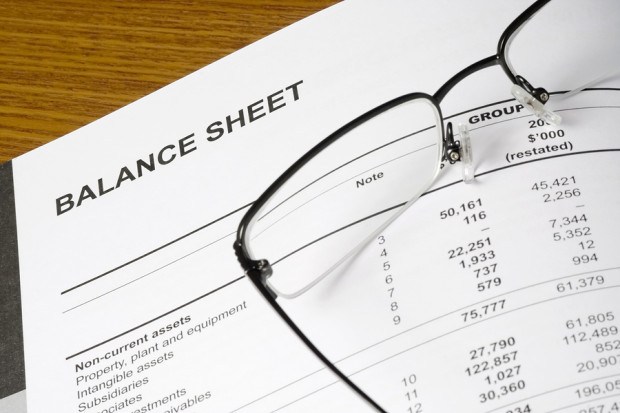Loss and loss adjustment expense (L&LAE) reserving and reported income are but two components of a thorough, all-encompassing rating agency analysis of an insurer.
Executive Summary
A study of reserves of solvent, well-rated companies reveals that underreserving is more evident for large publicly traded companies than for small mutual companies. In addition, rating agencies are neither reacting to understatements of loss reserves by penalizing highly rated carriers with downgrades nor rewarding conservative reserving practices of small lower-rated carriers with upgrades, according to Demotech's Joseph Petrelli. He notes the shift in regulatory and rating agency assessments to focus on management, governance and ERM, as opposed to balance sheet fundamentals, L&LAE reserve adequacy or integrity of reported earnings. This article is second of two parts. For the complete report, including a review of the concentration of industry reserves, download the entire whitepaper, "A Discussion of P/C Loss and Loss Adjustment Expense Reserve Studies."Today, more than ever before, however, there appears to be a move toward qualitative areas of analysis, such as general financial and operational management with a focus on corporate governance and Enterprise Risk Management (ERM). The adequacy of capital, business profile, current or historical financial metrics are viewed as the output of a corporate governance process as much as they are the reported dollar amount in a statutory financial statement.
If this is the direction in which regulators, rating agencies, reinsurers, Wall Street analysts and other third parties are heading, the discussion of reported financial results is as much about how the results were achieved or calculated, i.e., “process” as it is about “what was recorded in the reported financial statements.” In this environment, governance, managerial processes and execution of the business model are now as important, perhaps even more important, than reported operating results.
This said, the influence of inadequate L&LAE reserves on the integrity of an insurer’s balance sheet has been discussed in numerous articles and research papers with a focus on the correlation between inadequate L&LAE reserves and the failure rate of insurers. However, it is Demotech’s observation that the impact of inadequate L&LAE reserves, overreporting of pretax profit or underreporting of a pretax loss, has not received the explicit discussion that it deserves as regards solvent carriers.





















